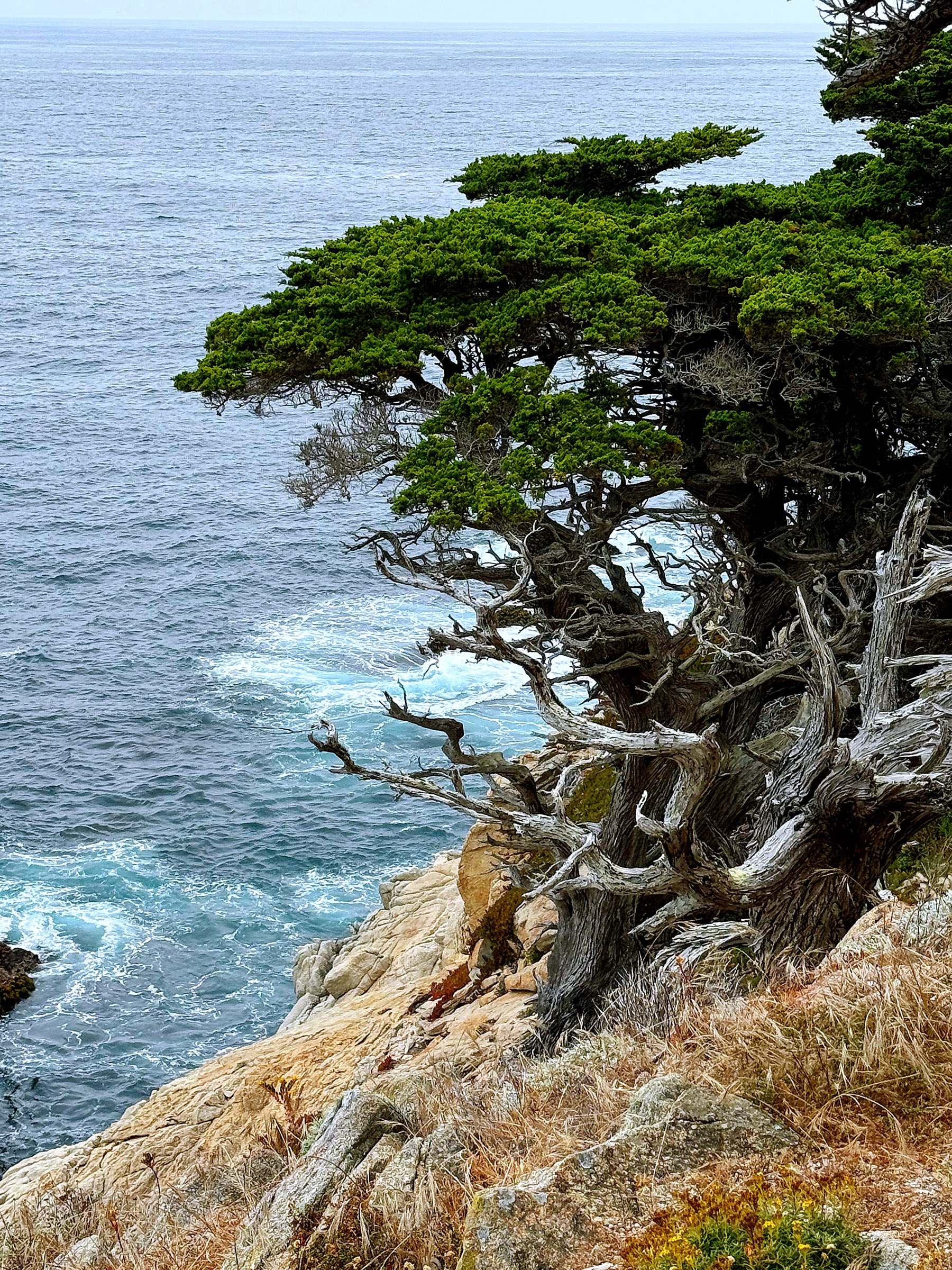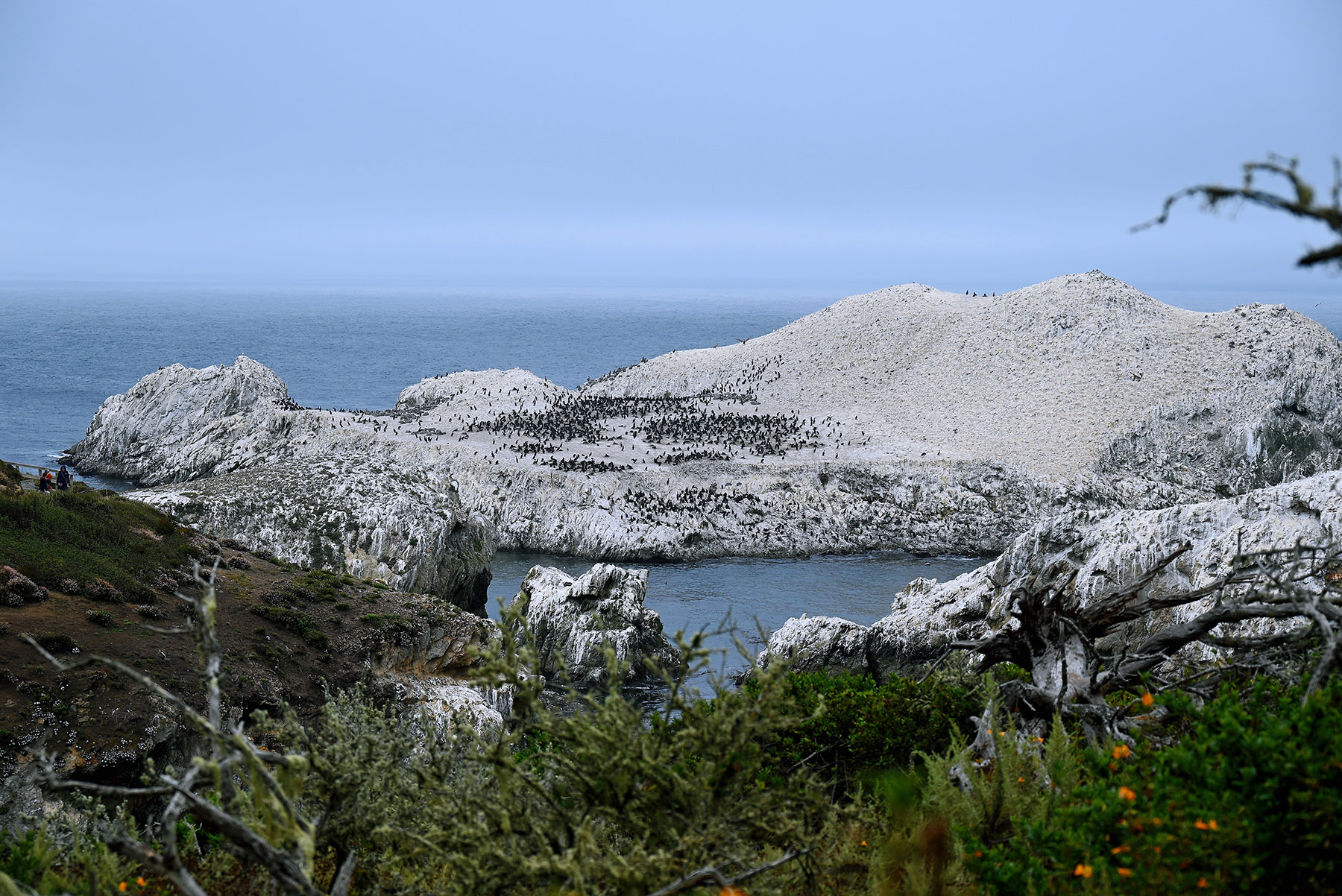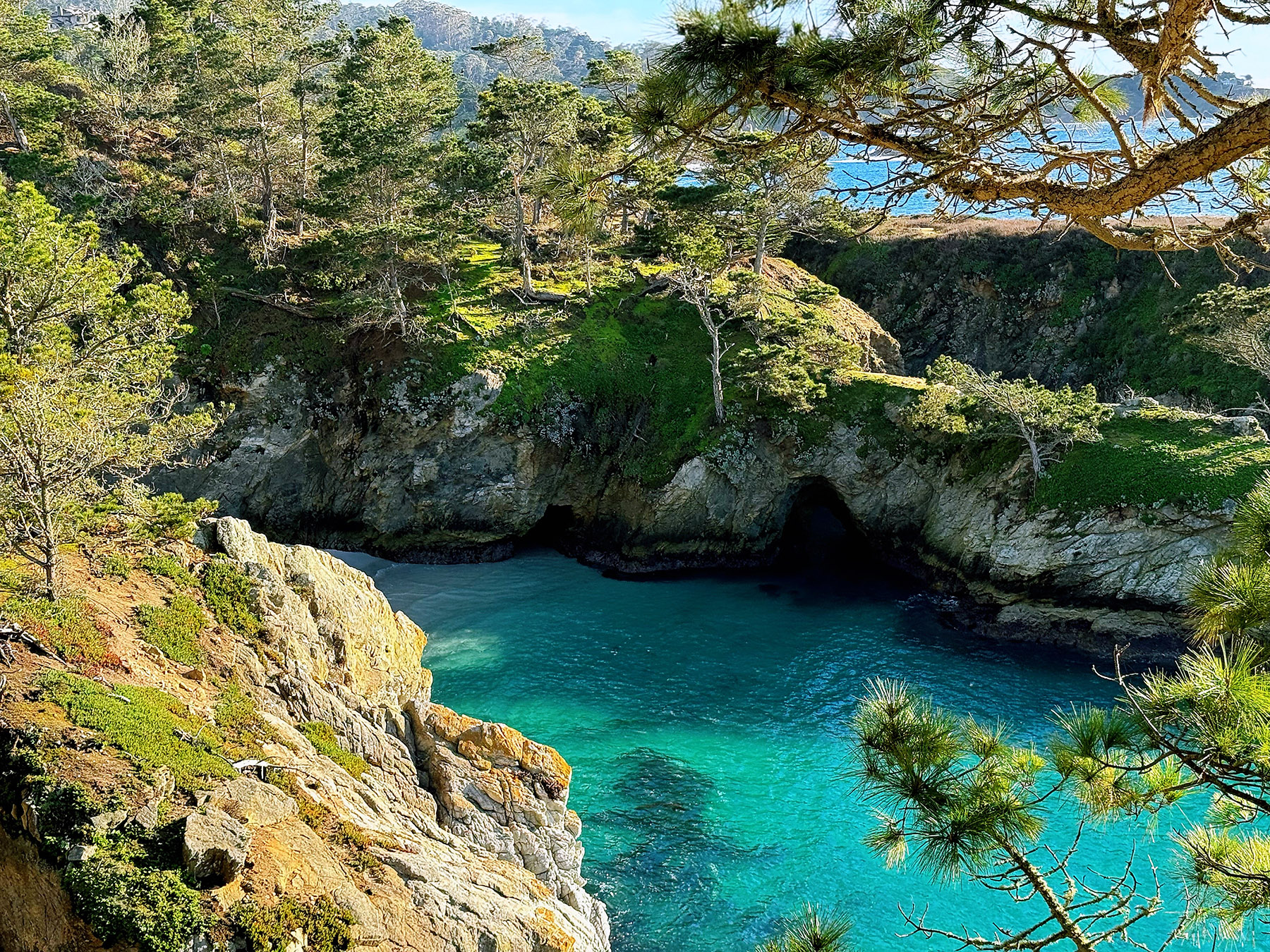Discover amazing beauty, vibrant ecosystems of Point Lobos where land meets sea and creativity flourishes in every vista

Nestled along the scenic Highway 1, just north of the Big Sur and south of Carmel-by-the-Sea, lies a natural wonder that has captivated artists, photographers and nature lovers for generations.
Point Lobos State Natural Reserve, often called "the crown jewel of the California State Park System", is like a stunning canvas painted by nature itself.
As you step into the reserve, you are immediately surrounded by a world of cerulean seas, jagged rocks and contorted pine trees. The landscape is so striking that painter Francis McComas once declared it "the greatest meeting of land and water in the world". It is easy to see why this unique convergence of earth and ocean has served as a muse to countless artists over the years.
READ MORE: Exploring Hainan's Sand and Sea
World-class photographers Edward Weston and Ansel Adams spent years exploring the woods and shores of Point Lobos, seeking to capture its essence through their lenses. Even the legendary Chinese artist Zhang Daqian found inspiration here during his time in nearby Carmel, incorporating the distinctive Monterey Cypress trees into his innovative landscape paintings.
But you do not need to be an artist to appreciate the raw beauty of Point Lobos. As you wander along the hiking trails, each turn reveals a new vista more spectacular than the last. Peer into the tide pools with abundant marine life, or simply stand in awe of the panoramic views of California's central coast. Every moment here is a reminder of nature's artistry.

Point Lobos is more than just a pretty picture. It is a vibrant ecosystem bustling with life. The reserve is home to more than 300 plant species and more than 250 different animals. The offshore area, part of the Monterey Bay National Marine Sanctuary, is considered one of the richest underwater habitats in the world.
As you explore, keep your eyes and ears open for the reserve's most vocal residents — the California sea lions. Their raucous barks echo from the offshore rocks at Sea Lion Point, a sound so distinctive that it inspired the reserve's name. Early Spanish settlers likened their calls to wolves, dubbing the area "Punta de Lobos" or "Point of the Sea Wolves".
For many visitors, the highlight of a trip to Point Lobos is catching a glimpse of its most charming inhabitants — the southern sea otters. These adorable creatures can often be spotted floating on their backs in the kelp beds, grooming their thick fur or cracking open sea urchins or clams with a rock.
Sea otters eat one-fourth of their body weight every day to maintain their energy in the cold water. They have a special pocket of loose skin under their armpit to store both food and their favorite rock tool. Sea otters have the thickest fur of any animal. They depend on their dense, water-resistant fur to insulate them against the cold ocean.
While sea otters are a year-round attraction, Point Lobos offers seasonal spectacles as well. From December to April, the reserve becomes a whale-watching spot as California gray whales make their 16,000-kilometer migration along the coast, the longest migration of any mammal on Earth. Standing on the cliffs, you might witness these majestic creatures spouting and breaching as they journey between Alaska and western Baja California of Mexico.

Impressive species
Bird enthusiasts will find plenty to observe at Point Lobos. The Bird Island area is a nesting site for impressive species such as Black-crowned Night-Herons and brown pelicans. Keep an eye out for Anna's Hummingbirds, one of North America's tiniest birds, and if you are lucky, you might spot a California condor with its 2.7-meter wingspan, one of the largest birds in North America.
One of the most iconic features of Point Lobos is its grove of Monterey Cypress trees. These rare trees, which naturally grow in only two places in the world — Pebble Beach in California and Point Lobos, have adapted to thrive on the granite cliffs at the continent's edge.
Their wind-sculpted forms, clinging to rocky cliffs above the crashing waves, embody the struggle between land and sea. The living trees boast rich green foliage, while the deceased ones stand as stark, twisted silhouettes, bleached by the sun and stained red with algae.
For a touch of tranquility, seek out China Cove, a hidden gem nestled within the reserve's rugged cliffs. This secluded bay, with its crystal clear waters and white sand beach, offers a picturesque spot to watch seals basking in the sun.
The cove's name pays homage to the once-thriving Chinese fishing village that flourished along the California coastline. More than 170 years ago, Point Lobos was home to one of California's first Chinese fishing settlements.

Ecological recovery
What makes Point Lobos even more remarkable is its story of ecological recovery. Once the site of various industrial activities, including whaling operations, gravel quarries and abalone canneries, the area has been carefully protected since it was acquired by the state in 1933 and became an ecological reserve 40 years later.
For those who want to delve deeper into the marine world, Point Lobos is a haven for divers. As part of the Monterey Bay National Marine Sanctuary, the underwater landscape is just as diverse and colorful as what's above the surface. In the towering kelp forests as high as 21 meters, divers can encounter a vibrant array of marine life, from rock fish to sea stars.
ALSO READ: The big picture of bits and bytes
Even if you prefer to keep your feet on dry land, the intertidal zones offer a fascinating glimpse into life between the tides.
At Weston Beach, you can carefully explore tide pools filled with purple shore crabs, aggregated anemones and sometimes even black abalone. It is a hands-on nature lesson that brings out the curious child in every visitor.
Whether you are an artist seeking inspiration, a nature lover yearning for pristine wilderness or simply a traveler looking for a beautiful stop along Highway 1, Point Lobos State Natural Reserve offers an unforgettable experience.



